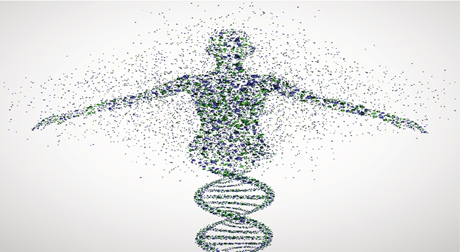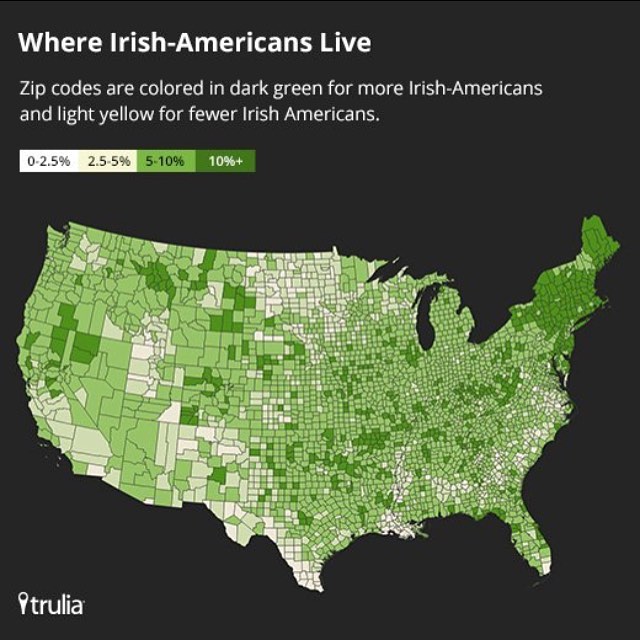
The National Museum of the American People could explore having Museum visitors participate in a DNA contribution program that could enable researchers to trace that visitor’s ancestors.
Some commercial DNA programs have become well known in recent years, such as Ancestry, 23 and Me and Familytree.com, as more people search for their personal roots.
Of those, Ancestry.com uses the world’s largest consumer DNA data base and it has a tie-in to the genealogical data base of more than 3 billion persons operated by Family Search, an organization of the Church of Jesus Christ of Latter Day Saints
Perhaps the Museum’s program tie in with the National Geographic Society’s Genographic Project. The results of that project could be immensely helpful to the Museum in telling its story. As National Geographic reported, for decades, the primary clues to the human story came from scattered bones and artifacts. Now, scientists have found a record of ancient human migrations in the DNA of living people.
While helping to tell the first chapter of the Museum’s story starting some 20,000 years ago with the first humans arriving in the Western Hemisphere, the information from these DNA studies will also tell the migration stories of the ancestors of those contributing the DNA.
The National Geographic’s Genographic Project uses advanced genetic and computational technologies to analyze historical patterns in DNA from participants around the world. Launched in 2005, the project’s goals are to gather and analyze research data in collaboration with indigenous and traditional peoples, and to educate the general public through participation in the project where they learn their own deep ancestry.
The DNA test is done from a swab of saliva from the donor’s mouth. The DNA found in that swab is then tested for nearly 300,000 identifiers, also known as “markers,” selected to provide ancestry-relevant information. The test measures the genetic markers passed down through the generations from mother to child. For men they also look at the markers passed down from father to son.
Everyone’s DNA is tested against 250,000 ancestry-markers from around the world to discover the regional affiliation of a person’s ancestry. While modern humans started some 200,000 years ago in Africa, they have spread around the globe following thousands of diverse branches. But each branch can be traced back to their origins in Africa.
For the National Museum of the American People, those stories will begin as humans begin flowing into the Western Hemisphere and begin to form tribal groups and civilizations throughout North and South America. The groups in the hemisphere remain isolated from peoples in the rest of the world for about 20 millennia until there is contact with peoples from Europe, Asia and Africa starting a little more than 500 years ago.
DNA research will continue to fill in the many blanks of our diverse past and present and will help tell who we are, where we came from and when it happened.
This blog is about the proposed National Museum of the American People which is about the making of the American People. The blog will be reporting regularly on a host of NMAP topics, American ethnic group histories, related museums, scholarship centered on the museum’s focus, relevant census and other demographic data, and pertinent political issues. The museum is a work in progress and we welcome thoughtful suggestions.
Sam Eskenazi, Director, Coalition for the National Museum of the American People

